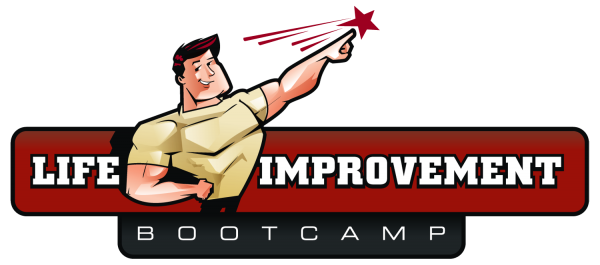
Last week I was a panel member at a meetup about Change Management and one of the topics that came up was the business of implementing a Mentoring program after an Organizational change. Apparently the perception in this group was that a Mentoring program is a big giant threatening monster…!?!
Mentoring does not have to be a complicated process or business. Once it is designed to fit a particular need, it can be a very effective and simple method to implement, something that will be easy to use once it’s established. Although it consists of certain processes and procedures, mentoring is actually like fine art, meaning it requires creativity in design and implementation. It is also a practice that requires flexibility and adaptability and will require participants to look beyond the mere series of techniques in order to put it into practice more effectively. To explain the latter I often use following metaphor:
If you teach people to dance, teach them to listen to music and move to the rhythm, rather then teaching them just one particular dance…I know, you have to start somewhere, and by learning one dance one can practice listening and moving, but nevertheless you should emphasize that it is about the latter, so they are aware why you are teaching stuff in a specific way…
Why use mentoring programs?
In many organizations, a gap exists between the actual needs of an individual and the established practices. Depending on how well the organization works to fill this gap, the difference may be great or small. The real role of mentoring is to close this gap and allow staff, employees, personnel or students to access resources that will allow them to improve their learnings and skills to be able to fulfill their tasks with greater success.
Mentoring is also used to increase the quality of the intellectual capital of an organization, allowing employees to be trained in order to meet set standards of quality in terms of qualifications and technical skills. It is also an excellent tool for improving the standards of service in an organization. As a recruitment and retaining tool, mentoring is also effective, allowing businesses to attract quality employees by providing new ones with a means to adapt well to their new environment.
The fine art of mentoring
When people view mentoring, they see it sometimes only as a means to transfer knowledge. However, it is so much more than that. Choosing, designing and implementing a mentoring program often requires inventive solutions in order for it to remain attractive, relevant, updated and useful. It has proven to be a very effective method in improving business processes and has become one of the highly valued issues within many organizations.
Matching
The main concern of mentoring is matching, something that requires patience and imagination on the part of the facilitator. Having a good pairing between the mentor and the mentee is crucial to the success of the program. If the match is in place, both parties will benefit from a strong, mutually rewarding relationship. If the matching fails, either or both parties will suffer from negative learning or feel frustrated about a system that does nothing.
This is why facilitators who wish to implement an effective mentoring system should find creative ways to determine the matching qualifications between the mentor and his protégé. Certain factors such as temperament, personal characteristics, values, philosophies or similar goals can impact the relationship. There is no set standard for matching, which makes it important that those who wish to implement the program should be able to apply a certain adaptability and imagination when determining a successful match.
Keeping mentoring fresh
A mentoring program also thrives on being up-to-date, which keeps it interesting. Implementing a mentoring program that is outdated can have disastrous results, encouraging participants to perceive it as ineffective and useless. Like art, mentoring must remain dynamic and appealing, keeping participants’ interests up, which gives them more reason to use the program.
Establishing a successful mentoring program
Mentoring is like fine art as in that it needs to remain relevant and an effective source of motivation. As such, it has to undergo improvements along the way and must be open to changes. The best way to determine the success of the mentoring program is to compare the initial goals of the system to the results. This may be done through feedback and evaluations, allowing participants to comment on the strengths and weaknesses of the program. Without a set feedback system in place, it will be difficult indeed to quantify the efficacy of mentoring within an organization and thus rate its success.
In short, a mentoring program should not be perceived as something threatening on the contrary. When applied and implemented with knowledge it will thrive the surrounding to bigger succes.
Have a conscious day!
Filip De Pessemier



Recent Comments